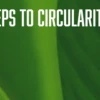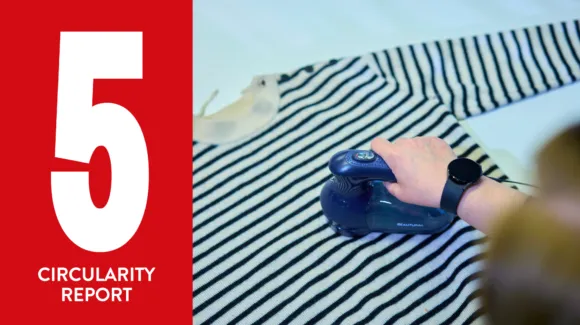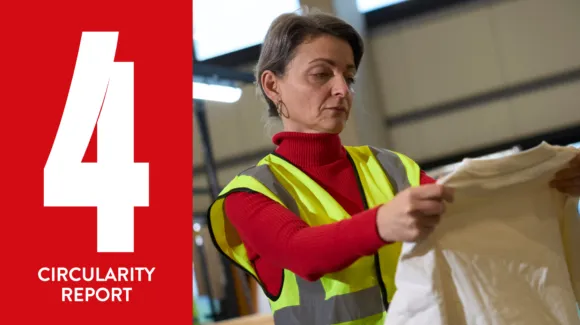By Libby Sommer, Principal at LibbySommer LLC
Libby Sommer is an independent advisor and consultant with previous experience in government, brands, start-ups and nonprofits. Her work focuses on untangling sustainability to drive innovation and impact.
Consider this scenario: You’re faced with an important purchasing decision and want to select the most sustainable option. You do some online research, consult trusted sources and perhaps seek advice from a knowledgeable friend. But despite your best efforts, the most definitive answer you can find is: ‘It depends.’
This frustrating scenario is all too common in the sustainability sphere, where decisions often involve unclear data and complex trade-offs. Take, for example, a recent study from Australian researchers that evaluated the life cycle impacts of switching between fibre types—specifically polyester and cotton, polyester and wool, or bio-based and petro-based polyester.
Across 16 life cycle assessment indicators, they found that there are trade-offs associated with each fibre switch. For example, switching from cotton to petro-based polyester reduced water scarcity and land use, but increased greenhouse gas emissions and fossil fuel consumption. This reflects a wider trend in life cycle assessment: synthetic fibres often score worse on industrial process-related impacts – such as fossil fuel use, greenhouse gas emissions and ozone depletion – while natural fibres typically score poorly in land-related impacts such as water scarcity, terrestrial eutrophication and acidification. This can make it extremely difficult to assess the environmental impacts of different fibre choices. However, not all benefits in the study were so ambiguous.
Researchers also explored a second strategy to reduce the environmental impacts of textiles: extending garment lifespans. They found that increasing the number of times a garment is worn is beneficial across all fibre types and impact indicators. In other words, longer garment use consistently reduces environmental impacts without trade-offs.
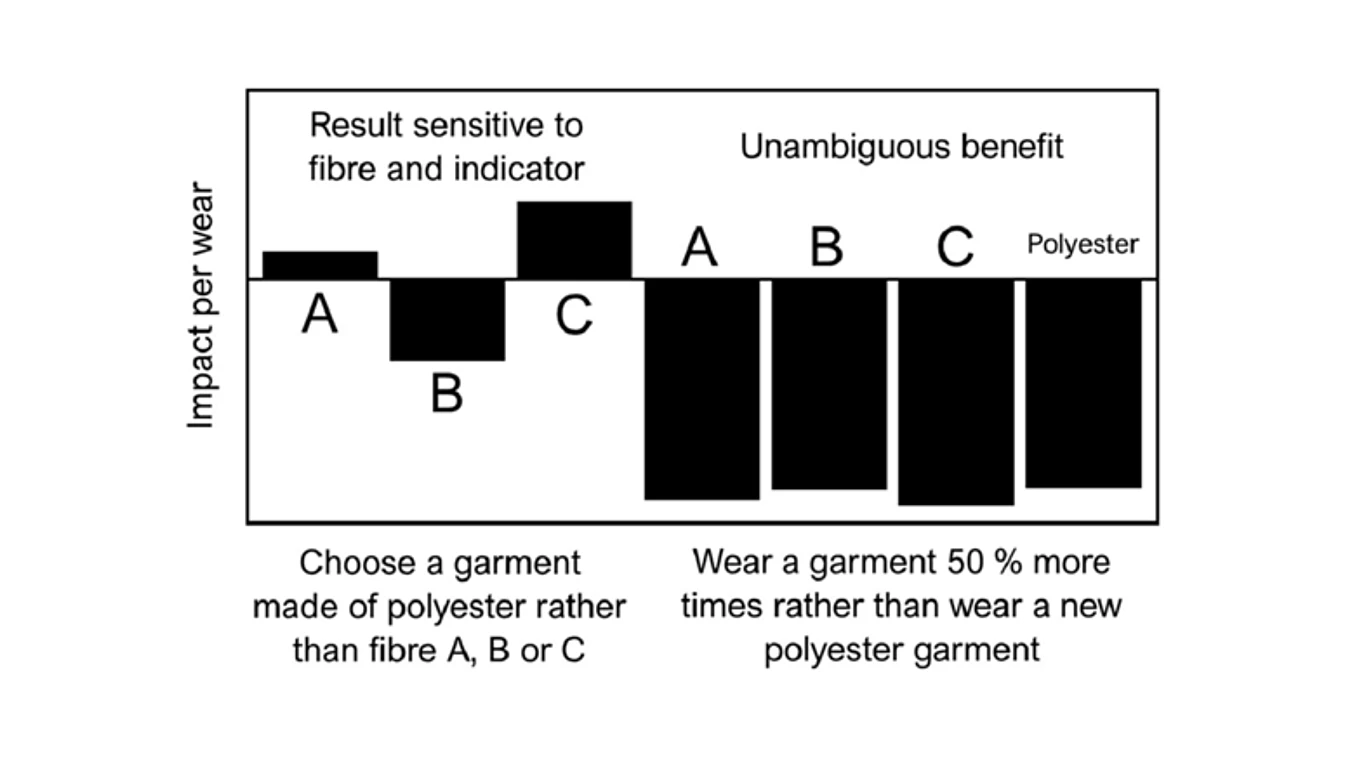
Figure 1: The relative benefits of switching fibres versus extending garment life cycles (image source: Wiedemann et al., 2023)
Circularity: Delivering unambiguous benefits
The above findings highlight the importance of extending the lifespan of garments when trying to address the environmental impact of the fashion industry. Indeed, there are a number of strategies designed to achieve this important goal that can be implemented now – without waiting for the next generation of fibres or production technologies to be developed. And both customers and legislators are becoming increasingly aware of the need to extend garment lifetimes.
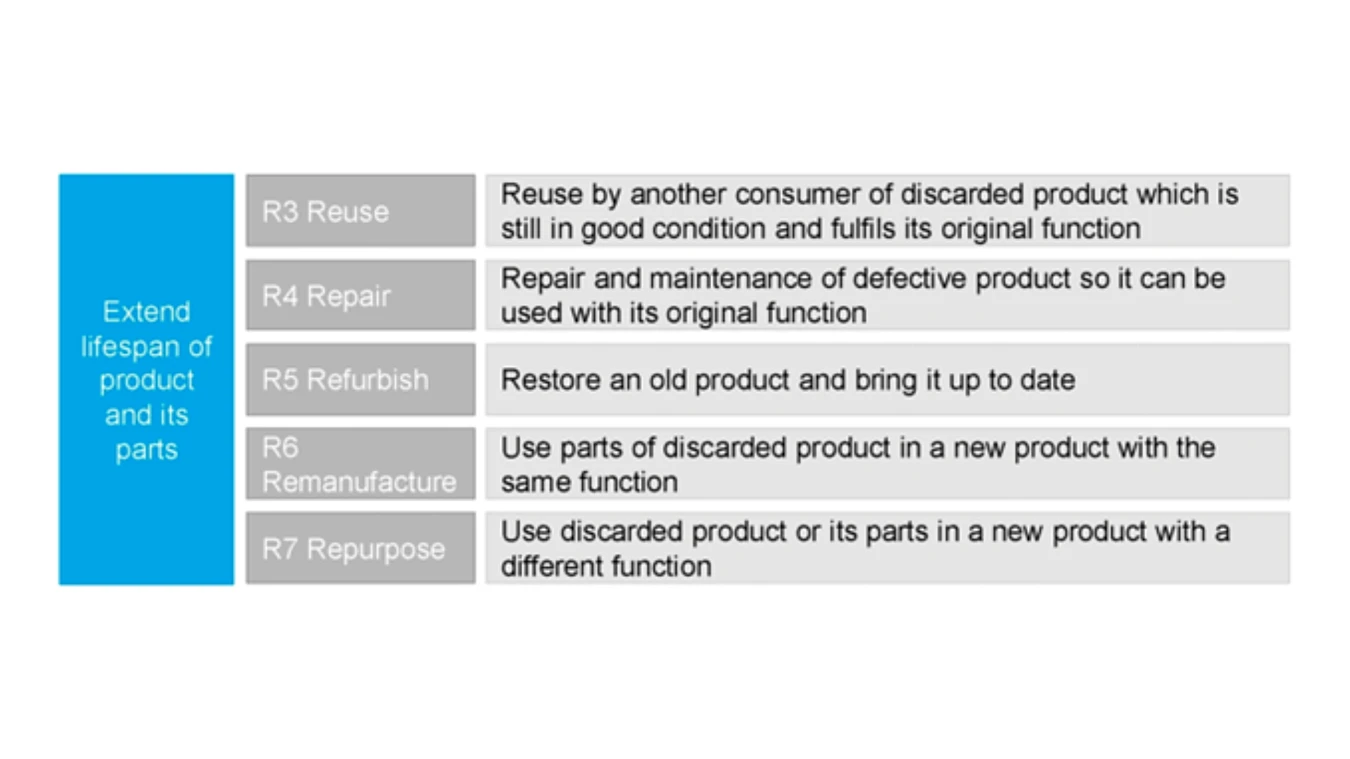
Figure 2: Strategies extend product lifetimes (source: Kirchherr et al., 2017)
In Europe, the textile industry has never been under such intense regulatory scrutiny, particularly when it comes to the durability and reparability of garments. For example, the EU’s recently adopted Right to Repair (R2R) Directive aims to make repair services more accessible and attractive to consumers as an alternative to buying new products. In addition, the updated Waste Framework Directive means that brands selling garments in the EU must comply with extended producer responsibility for textiles – making them more accountable for the entire life cycle of their products. In both cases, making garments more robust can facilitate regulatory compliance.
Meanwhile, improving the durability of the clothes in your wardrobe can lead to cost savings for shoppers. This is highlighted in the 2024 Circularity Report produced by high-end fashion resale site Vestiaire Collective. In it, the company reports a study showing that pre-loved items sold on the site (which prioritises quality pieces) were 33% cheaper per wear than comparable new fast-fashion items. This highlights the importance of considering the entire life cycle of the product when evaluating its impact on your wallet. And the same goes for environmental impacts.
Ecosystem thinking in action
If we take a myopic view of a problem, we can’t fully understand the potential impact of individual decisions. For example, when we look only at the environmental cost of producing a material when evaluating the overall impact of a product, we severely limit the effectiveness of our assessment. However, if we broaden our focus to consider the garment’s overall durability, and therefore its lifetime ‘per wear’ footprint, we gain a much clearer picture. By taking this more holistic approach, ensuring that products are optimised for durability – and uncovering new opportunities to extend the life of products – the fashion industry can make important progress. So, if you’ve been waiting to make a big difference to your company’s environmental impacts because next-generation materials aren’t yet cost-effective, wait no longer; the time for circularity is now!



